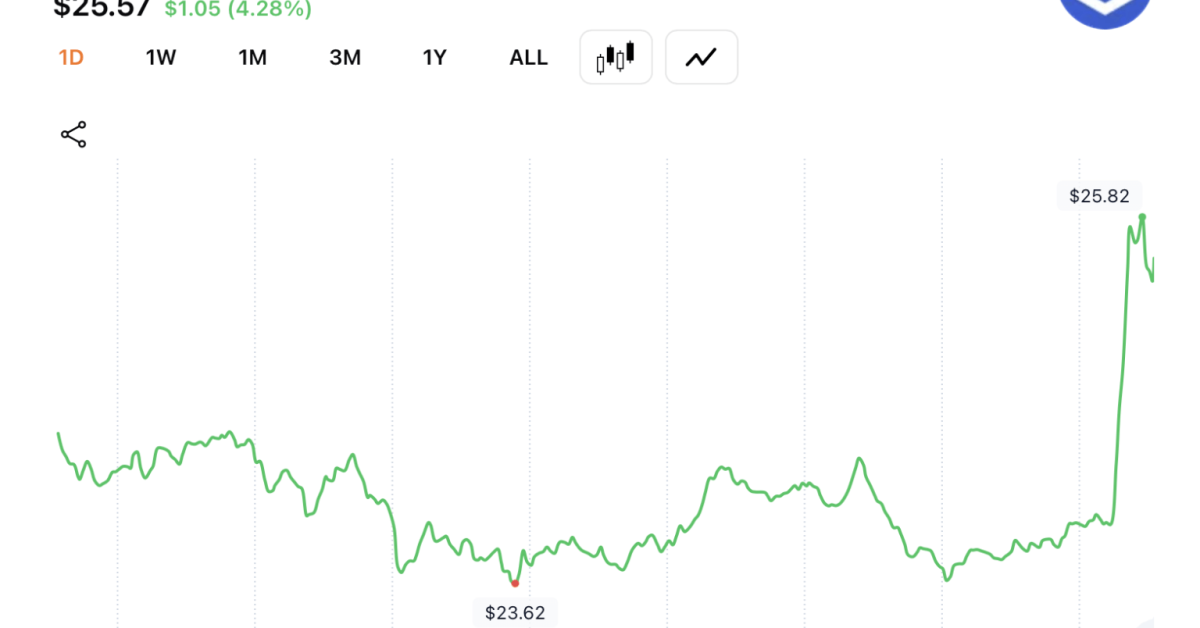What Is Liquid Staking?
Liquid staking refers to the tokenization of staked assets. It’s a transformative process primarily associated with Proof of Stake (PoS) networks. In traditional staking, users lock their crypto holdings to support the security and operation of a blockchain. Liquid staking takes this concept to the next level by allowing users to tokenize their staked assets, creating a more flexible and dynamic approach to participating in staking ecosystems.
Liquid Staking: Maximizing Rewards While Staying Flexible
Liquid staking allows users to stake their crypto assets (e.g., ETH, SOL, DOT) while maintaining liquidity through a tokenized representation of their staked funds.
Traditional Staking → Locked funds, no liquidity.
Liquid Staking → Receive a liquid staking token (LST) (e.g., stETH, jSOL) that can be traded, lent, or used in DeFi.
How It Works
Deposit crypto into a liquid staking protocol (e.g., Lido, Rocket Pool).
Receive a liquid staking token (e.g., stETH for Ethereum).
Earn staking rewards while using the LST in DeFi for extra yield.
How to Earn More with Liquid Staking
1. Staking + DeFi Yield Farming (Best Strategy)
Step 1: Stake ETH → Get stETH (Lido).
Step 2: Deposit stETH into Aave, Curve, or Balancer for lending/borrowing rewards.
Step 3: Compound earnings by reinvesting rewards.
💰 Potential APY:
Base staking rewards (~3-5% on Ethereum).
Additional DeFi yields (2-10%+).
2. Leveraged Staking (Higher Risk, Higher Reward)
Borrow against stETH (e.g., on Aave) → Stake borrowed ETH → Repeat.
Warning: Risk of liquidation if ETH price drops sharply.
3. Liquidity Pool (LP) Staking
Provide stETH/ETH liquidity on DEXs like Curve or Uniswap.
Earn trading fees + protocol incentives (e.g., CRV, LDO rewards).
4. Restaking (EigenLayer – Ethereum Only)
Restake stETH into EigenLayer to secure other protocols (e.g., oracles, rollups).
Earn additional rewards from multiple networks.
The Staking Process
Staking, in its conventional form, involves users locking their cryptocurrency, commonly Ethereum or other PoS-based tokens, to validate transactions and maintain the blockchain’s integrity. This process comes with a trade-off, as staked assets are typically illiquid during the staking period.
The Emergence of Liquid Staking
Liquid staking addresses the liquidity issue associated with traditional staking. It introduces a mechanism where users receive liquid staking tokens (LSTs) in exchange for their staked assets. These LSTs represent both the staked amount and the corresponding staking rewards. Unlike traditional staking, users can freely trade, use in decentralized finance (DeFi) applications, or leverage as collateral their LSTs without waiting for the staking period to conclude.
EigenLayer: A Decentralized Restaking Protocol
At the forefront of liquid staking innovation is EigenLayer, a decentralized restaking protocol built on the Ethereum network. EigenLayer acts as a bridge between Ethereum and other blockchain networks, allowing users to stake and restake their assets seamlessly. The protocol introduces a novel approach to the staking landscape, providing users with increased flexibility and accessibility.
Liquid Restaking
Liquid restaking introduces an extra layer of functionality. In this process, users deposit their liquid staking tokens (LSTs) into EigenLayer’s smart contracts, receiving liquid restaking tokens (LRTs) in return. LRTs encapsulate not only the staked token and staking rewards but also restaking rewards earned by actively participating in EigenLayer operations.
Liquid Staking vs. Liquid Restaking
While both liquid staking and liquid restaking share common elements, they differ in crucial aspects. Liquid staking primarily involves the tokenization of staked assets, enabling liquidity and flexibility without waiting for the staking period to end. On the other hand, liquid restaking takes the concept further by incorporating rewards from both Ethereum staking and EigenLayer operations, potentially offering users an additional layer of profit.
Conclusion
Liquid staking is changing how users engage with blockchain networks. The introduction of EigenLayer and liquid restaking adds depth and functionality to this innovative approach that allows users to actively participate in staking ecosystems while enjoying the benefits of enhanced liquidity.
Risks of Liquid Staking
⚠️ Smart Contract Risk – Exploits in staking protocols (e.g., slashing bugs).
⚠️ DeFi Risks – Impermanent loss in LPs, lending platform hacks.
⚠️ Centralization Risk – Some platforms (like Lido) dominate staking pools.
Final Tips for Maximizing Earnings
✅ Diversify – Use multiple liquid staking platforms.
✅ Monitor Rewards – Reinvest LSTs into high-yield DeFi strategies.
✅ Stay Secure – Use audited platforms (Lido, Rocket Pool) and avoid over-leveraging.






